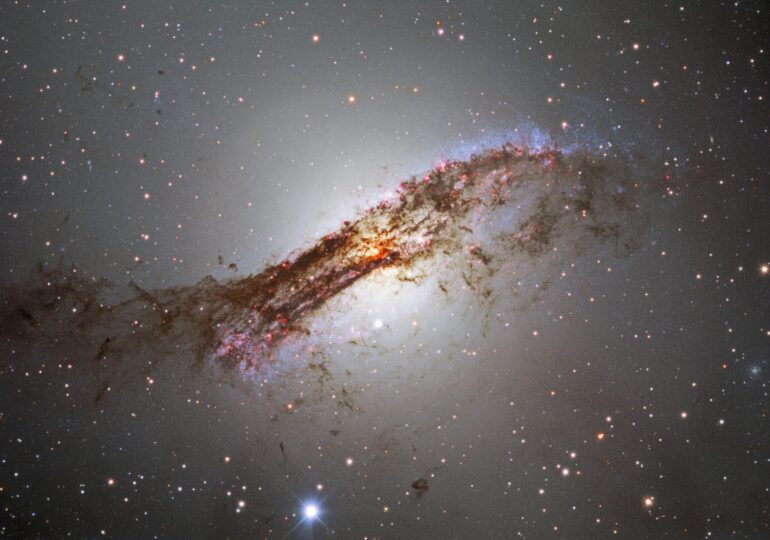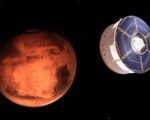Project Kuiper Triumph: Amazon’s Satellite Communication Tech Proven Super-Fast in Space

Amazon’s Project Kuiper achieved a significant milestone by confirming the operational success of crucial technology aimed at enhancing throughput and minimizing latency for users availing themselves of its satellite internet service. In an announcement made on Thursday, the company revealed the successful validation of “optical inter-satellite links” (OISL), a cutting-edge form of optical communication harnessing infrared lasers to transmit data across spacecraft in orbit. While OISL technology has existed for inter-satellite communication, earlier versions were constrained to linking just two satellites at a time. Project Kuiper’s groundbreaking advancement enables its satellites to establish connections with multiple spacecraft concurrently, paving the way for a sophisticated and expansive mesh network within the realm of space.
This mesh capability is key: With it, Kuiper says it will be able to move data around 30% faster than terrestrial fiber optical cables sending data along an equivalent distance.
Amazon had to overcome a number of challenges to enable this advanced OISL. The lasers must have a narrow, very accurate beam to ensure contact up to 1,616 miles away, while spacecraft are moving at speeds of up to 15,534 miles per hour, with all the attendant orbital dynamics involved. The company says its optics and control system overcomes all of these hurdles.
The tests are certainly impressive: After launching the prototypes in October, Amazon says it has completed multiple demonstrations of its OISL technology, during which the satellites maintain 100 gigabits per second links over a distance of more than 620 miles.
“These tests validated the final component of Project Kuiper’s advanced communications architecture, and the results ensure that OISLs will be operational on our first production satellites, slated for launch in the first half of 2024,” the company said.
Amazon confirmed last month that it had validated all systems and subsystems on the two prototype satellites, but this is the first time the company has revealed the details behind the advanced OISL architecture.
In a recent statement, Rajeev Badyal, Vice President of Technology at Kuiper, emphasized the transformative nature of Project Kuiper’s optical inter-satellite links, heralding the creation of a space-based mesh network. Badyal highlighted the bespoke design of this internally developed system, meticulously crafted to optimize speed, cost-efficiency, and unwavering reliability, showcasing flawless functionality from its inception.
Amazon has set its sights on initiating initial customer trials by the latter half of 2024, leveraging an adequate deployment of satellites. The complete constellation, a mandatory requirement outlined by the U.S. Federal Communications Commission’s license, is slated to consist of 3,236 low Earth orbit satellites and must be launched by July 2029.





















